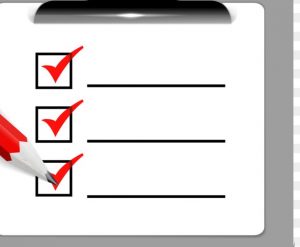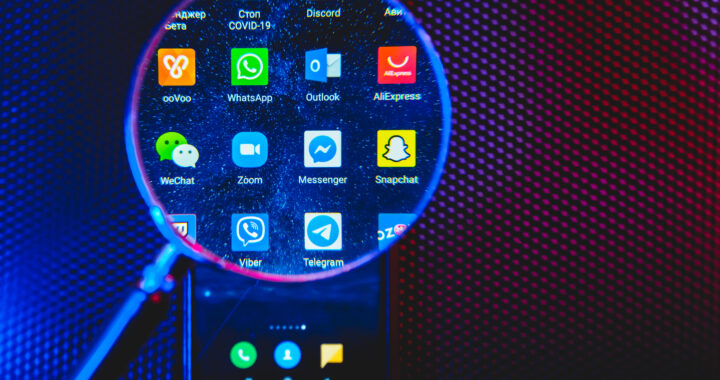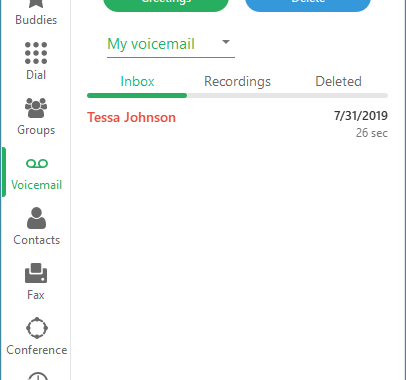Your Service is Your Product
How do you know if your employees are doing a good job with customers?
We spent the last two blog posts talking about ways a phone system can add or subtract from a customer experience. But the most important factor in whether your customers are happy with your company or not is your employees. So how do you know if your employees are doing a good job? Put another, way if your service is a product how do you make sure that product is a high quality.
Quality Measurements and Quality Control
If you do a significant portion of your business over the phone, it’s important to make sure those phone calls go well. As I repeated in my last two blog posts, every interaction is a plus or a minus to your customer experience and every plus or minus brings your customers closer or further from becoming or remaining a customer.
So proper phone protocol is important. And adherence to proper phone protocol is equally essential. The criteria for a successful phone call will vary from company to company but a few factors will be common across different businesses.
Number of Rings
This is the simplest criterion to measure. How many times does the telephone ring prior to someone at your company answering? I wrote a little more about this in the last blog on auto attendant but a good rule of thumb is 3 rings. If any more rings than that, an auto attendant should be used.
Number of Links
Number of links refers to how many people the customer has to speak with before resolving the problem or moving a resolution forward in a reasonable manner. Have you ever had the experience of being transferred around and around before you were able to get a problem addressed by the correct person? It does not lead to customer satisfaction. Your employees should work on keeping the call transfers to a minimum by getting the customer to the person who can best meet their needs within 2 links in the chain. Some customer can also be given extension or DIDs (direct numbers) to reach people they talk to frequently.
Time on Hold
Time on hold is intricately linked with number of transfers. As important as it is to get a customer to the person who can help them, it is equally important to keep time on hold to a minimum. If a customer must be put on hold, it is ideal to use a on hold music or announcements to keep customers happy while they are waiting to speak to someone.
Time to Resolution
Finally, when you put all of these together with the actual telephone conversation, you get time to resolution. Customers will give you some slack in time to resolve a problem as long as you are moving forward toward resolution throughout the call. Most importantly, they don’t want to feel that their time is being wasted.
While you technically could assign employees to keep a tally on all of the above criteria on their own it would be difficult, impractical and prone to errors. A more accurate and easier solution is to use call accounting software. Call accounting allows managers to monitor and generate reports on the above categories and alot more. Reports can even be generated automatically on a scheduled basis or whenever a particular event (say a particularly long phone call or an unanswered phone call) occurs. Call accounting may be the single best investment for a manager concerned with quality control in their employees’ phone calls.
Phone Protocol
In addition to these quantitative factors, there are many qualitative measures whose measurement is not as straightforward but are at least as important. These include politeness, friendliness and adequateness of solution.
It’s important to train employees on the expected protocol of a telephone call and give them clear expectations of how they should talk to customers. It’s also important to review how your employees are doing from time to time so you don’t find out the hard way that they are not treating customers properly.
The two tools that best address these needs are call recording and call monitoring.
A good call recording platform allows manager to search through a database of telephone calls based on multiple criteria such as number dialed, type of call (incoming, outgoing, internal), time and date, and extension.
Along with call accounting, call recording can give you a clear picture of typical telephone interactions between your employees and customers.
Call recordings can be used to show your employees ways they can improve or examples of exemplary telephone service.
Similarly, call monitoring allows you to improve employee performance, but with the benefit of doing so in real time.
Managers can be given the ability to monitor and even barge in to an employee call in progress for training or coaching purposes. The manager can give advice that only the employee can hear, or take over the call.
Call monitoring can be paired with the chat software that comes with the telephone system to provide a less intrusive coaching experience. In that case, managers can simply type out advice to the employee without interrupting the flow of the conversation.
These were just a few options for measuring the quality of service employees are providing. RCI can work with you to find the perfect solution for your company’s individual needs.
Got questions? Post below or give us a call!



Pingback: The Best Cell Phone Integration For Business Communication - Research Communications International
Pingback: Time To Get A Shiny New Telephone System? 3 To 5 Questions To Ask - Research Communications International
Pingback: Handling Increased Business With 2 Telephone Automation Features - Research Communications International